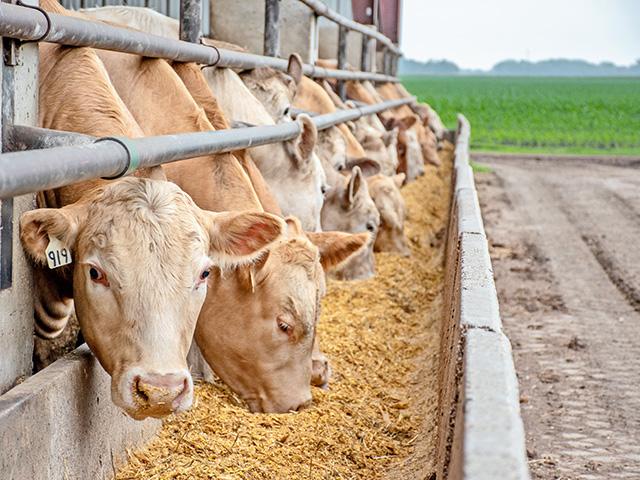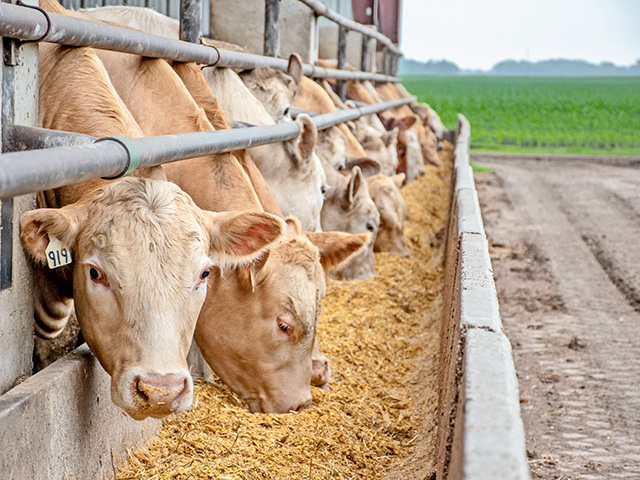Sort & Cull
Cattle Lean into Monday Hopeful for Week Ahead
Brace yourselves as this week is bound to be eventful for the cattle market. First, Monday afternoon the Cattle Inventory Report was released and as we suspected, the country has significantly fewer beef cows than it did last year. Second, all throughout the week slaughter speeds are anticipated to grow stronger. And, throughout the country, cattle conventions and stock shows are gathering cattlemen together and critical meetings are taking place.
As I write this blog, I look forward to developments this week that should serve as a springboard for the market to get back on track to what cattlemen were hoping 2022 would be at the end of the aggressive 2021 calendar year.
First, there's the cattle inventory report. Monday's Cattle Inventory Report shared that all cows and heifers that have calved totaled 39.5 million head, which is 2% fewer than January 2021. Beef cows totaled 30.1 million head, which is 2% fewer than in January 2021. Beef replacement heifers totaled 5.61 million head which is down 3% from a year ago. Steers weighing 500 pounds and over totaled 16.6 million head, which is 1% fewer than a year ago.
P[L1] D[0x0] M[300x250] OOP[F] ADUNIT[] T[]
Monitoring the numbers of the U.S. beef cowherd is one of the more insightful pieces of data a cowman can use when trying to forecast demand in the year and/or years ahead. It's important to not only look at the beef cow inventory, but to also realize that beef replacement heifer numbers were down as well. This indicates that the market is not likely at its peak for cowherd liquidation, and that female prices are likely to get higher -- especially is cattlemen get moisture. To put it into perspective just how few beef cows there are in the market, this is the fewest beef cows that the market has had since 2015 when producers were rebuilding after the 2012 drought.
And while the Cattle Inventory Report is so important for the market, it's equally important to keep close tabs on the market's day-to-day developments, and especially in terms of daily slaughter speeds. The market didn't expect to have processing speeds wane in the first weeks of 2022 as the spread of COVID-19's omicron variant led to worker absenteeism in packing plants. But thankfully, packers have gotten processing up from the 113,000-head-per-day point, to now being able to process 118,000 head in a day, and there's hope that by the end of the week 120,000 head will be attainable. If that does indeed become the case, packers will need more cattle, feedlots will be able to move their market-ready pens, and chain speeds will move faster; fears will lessen of becoming backed-up in supplies of market-ready cattle.
The reduction in processing speeds may not seem like that big of deal, given that speeds only decreased to 113,000 head at their lowest. But just like compound interest is an amazing tool, compounding problems add up quicker than we realize. Estimated year-to-date totals show that 2022 slaughter is down by 6.4% compared to how many cattle had been killed at this time a year ago. And as feedlots set out to make a strong spring rally, it's hard to do so if supplies lug down the market.
This week I will be in Houston for the National Cattlemen's Beef Association convention. If you're going to the event, stop by DTN's booth as I'd love the opportunity to meet you.
ShayLe Stewart can be reached at ShayLe.Stewart@dtn.com
(c) Copyright 2022 DTN, LLC. All rights reserved.






Comments
To comment, please Log In or Join our Community .